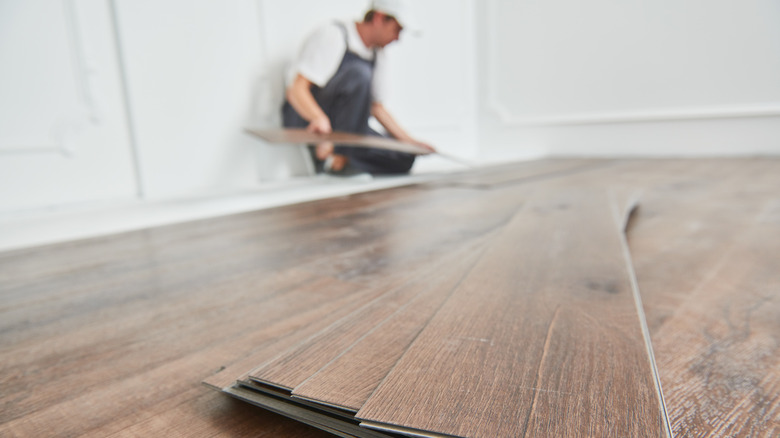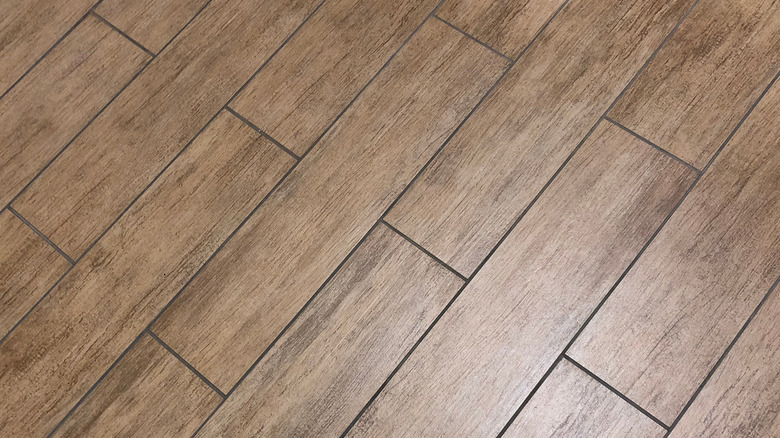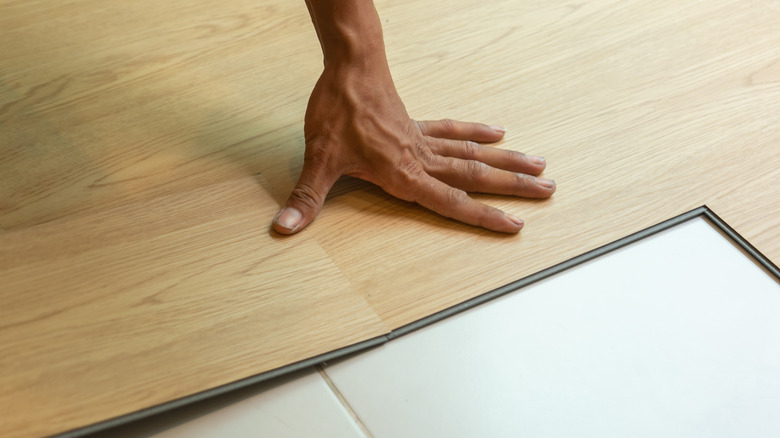Why You Should Stagger Vinyl Plank Flooring When Installing
Creating a vinyl plank floor is a popular selection for many spaces, as it offers a waterproof barrier with a surface that is easy to clean and offers impressive durability. Homeowners can select from several stylish options with this product, including designs that look like real hardwood or stone. After you decide to use it, one of the things you should consider before using vinyl plank flooring is whether you want to do the work yourself.
Vinyl planks are easy to install, as they often do not need gluing or nailing to the subfloor. The weight of the layout holds everything in place, along with tongue-in-groove edges. As you seek information about how to do the installation, you'll hear repeatedly that you need to stagger the individual planks, meaning the short vertical edges of each piece do not line up in adjacent rows. Some reasons for using the staggering technique include yielding a more natural-looking layout and creating a stronger installation.
Making use of the staggering rule when installing vinyl flooring may seem like a bit of extra work, but the benefits are worth it. You just have to think ahead as you lay out each row of the planks so that you don't end up with unwanted problems in the layout. Creating a plan as you work not only creates the desired stagger from row to row but also ensures that you don't end up with a piece that's too short at the end.
Staggering vinyl plank flooring joints strengthens the floor layout
By lining up the vertical ends of each individual plank, you increase the chances of having multiple rows pop out of place when placed under stress. As the floor moves through expansion and contraction and general usage, it could pop into a weak spot in the layout. Staggering the planks so the vertical ends appear random from row to row locks everything in place.
Additionally, you should avoid having the vertical ends line up in every other row, creating what almost looks like a line of capital letter Hs across rows. Even having this type of symmetry in the layout could cause weak spots, leaving the vinyl plank flooring more susceptible to popping out in places.
You should randomly stagger the seams so they are at least six inches apart for narrow planks up to three inches in width. Randomly stagger the ends up to 10 inches apart when you have planks wider than three inches. This prevents a waterfall pattern that could lead to weaknesses.
Finally, always leave the final piece on either end of the row at a length of at least six inches. Smaller pieces on the ends could lead to a weak spot that puts the rows in danger of losing their structural strength. If necessary, cut a middle piece shorter to ensure at least six inches on the ends.
Use staggered vinyl plank flooring pieces to create a visually pleasing layout
Staggering the vinyl plank pieces also delivers the most natural look in the final layout. If you are using faux wood vinyl planks, having a staggered layout that appears to be random delivers the most realistic look. If you look at an actual hardwood floor, the seams on the planks naturally have a random stagger to them. Doing the same thing with your vinyl planks enhances the feeling that visitors are walking on a real hardwood floor.
Some manufacturers of vinyl flooring planks will ship random lengths of pieces within the same box, simplifying the process of randomizing the stagger between rows. You can randomize the layout when all pieces are the same length by cutting a few of them shorter. You do have a little bit of waste when using this method, but you may be able to reuse some of the cut pieces at the start of a new row. In fact, having several cut pieces to choose from each time you start a new row makes it easier to create a stagger.
To further enhance the natural look of the vinyl plank flooring layout, regularly mix up pieces from different boxes. Do not use the entire box in a couple of rows and then move to the next box. Colors and wood grain patterns vary slightly from box to box, and mixing pieces creates a random look in the final flooring layout.


